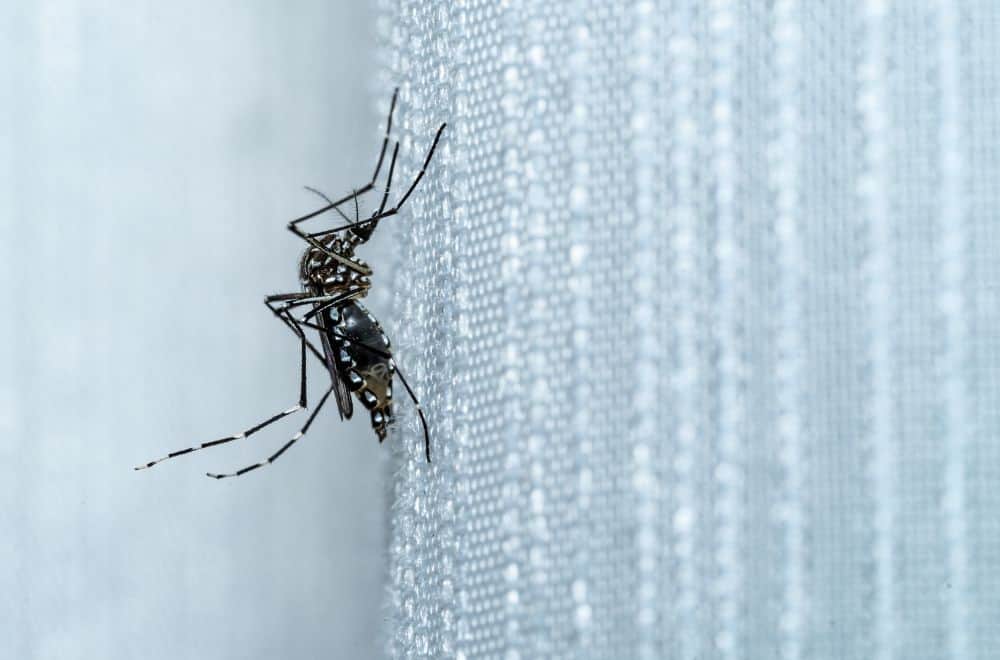Mosquitoes lay their eggs in stagnant water, and they don’t need much. Something as shallow as a bottlecap can host these baby bugs. That said, large water sources like drains can support swarms of these bloodsuckers. Especially since drains are constantly full of liquid! So let’s figure out how to get rid of mosquitoes in drains and local sewer systems.
How to Get Rid of Mosquitoes in Drains
Tip #1: Understand the Mosquito Life Cycle
We’re not suggesting you become a mosquito therapist, but if you know what makes them tick, it’s easier to control them. Over 3,000 species are known, and they’re quite versatile. Mosquitoes have been found alive in underground mines up to a mile below the surface.
Others live in glacier lakes close to 15,000 feet. Males and females have different diets. Males only live for a week and are vegan – they only eat plant nectar. Females can live for 2 to 6 months, feeding on nectar and blood. They mostly drink blood at twilight and after dark.
Unlike true vampires, they can hunt during the day, but they avoid it because they’re easily dehydrated. Mosquitoes lay eggs near still water, and the eggs will only hatch once they’re covered in water. Eggs can stay dormant for months or even years as they wait to get wet.
Tip #2: Install a Bug Zapper Near the Drain
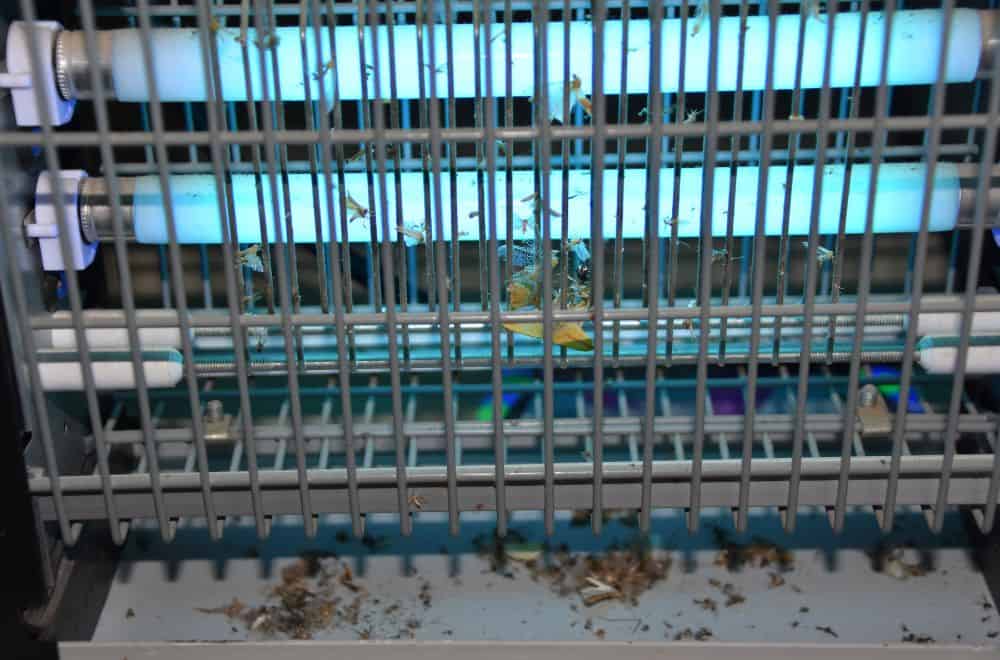
Bug zappers won’t destroy the eggs, larvae, or pupae inside the drain. But they block male mosquitoes that may be sniffing around for mates. And they kill female mosquitoes hunting for hatcheries, so they stop the new swarm before it gets started. They also deter new molts.
Any eggs that do hatch, mature, and exit the drain will be killed as soon as they take flight, so this can be an effective technique. Just make sure the bug zapper is sheltered from rain and precipitation so it doesn’t short-circuit or electrocute the people or pets who pass next to it.
Protecting the bug zapper is fairly simple. You can erect a small lampshade over it, mount it on a pole with a corrugated DIY cover (either plastic or metal), or just position it on a ledge that extends from the gutters. You can even buy bug-zapping garden lights with spiked feet.
Tip #3: Use Targeted Residual Insecticides
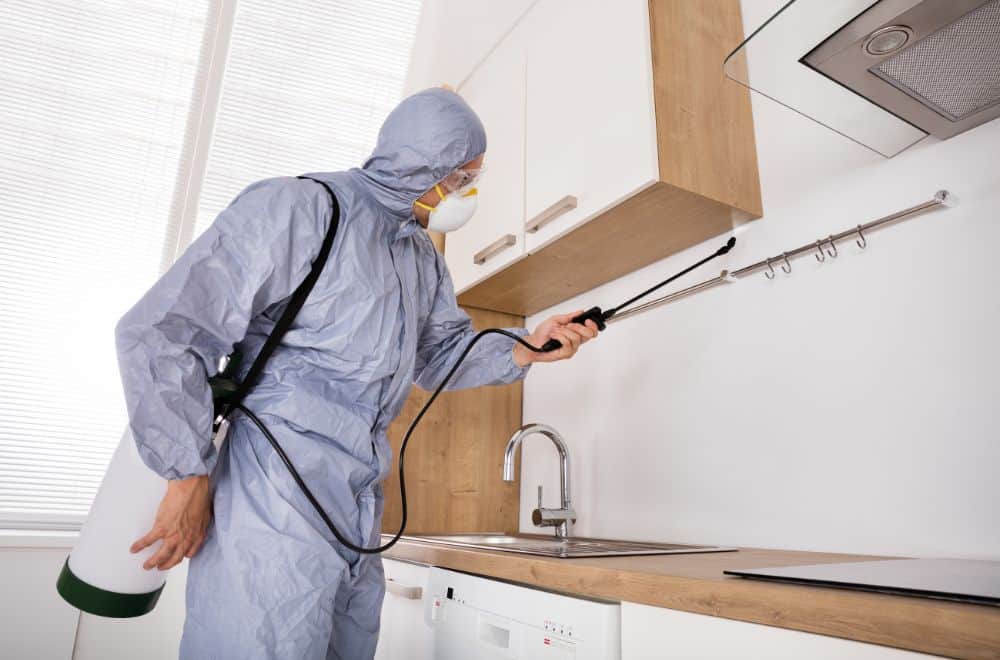
Drains often lead into the sewers, so if you’re sure it doesn’t connect to a river, water tank, or freshwater source, you can apply pesticides to the drain. Before doing this, it helps to check with your local authorities (or even Google Maps) to be sure where that drain water ends up.
If you’re sure it’s safe, you can use aerosol spray cans or liquid spray pumps to kill any eggs, larvae, or pupae in the drain. Residual pesticides will also kill adult mosquitoes on contact so spray the surfaces, grass, and soil around the drain to stop mosquitoes on their way in or out.
These pesticides are soluble, so you’ll need to spray them at least twice a week to kill the eggs and caterpillars as they hatch. You can also find slow-release bacteria-based BTI tablets for drains. Check the label to see how long they last. Some work for 7 days, others for 3 months.
Tip #4: Trim the Bushes Around the Drain
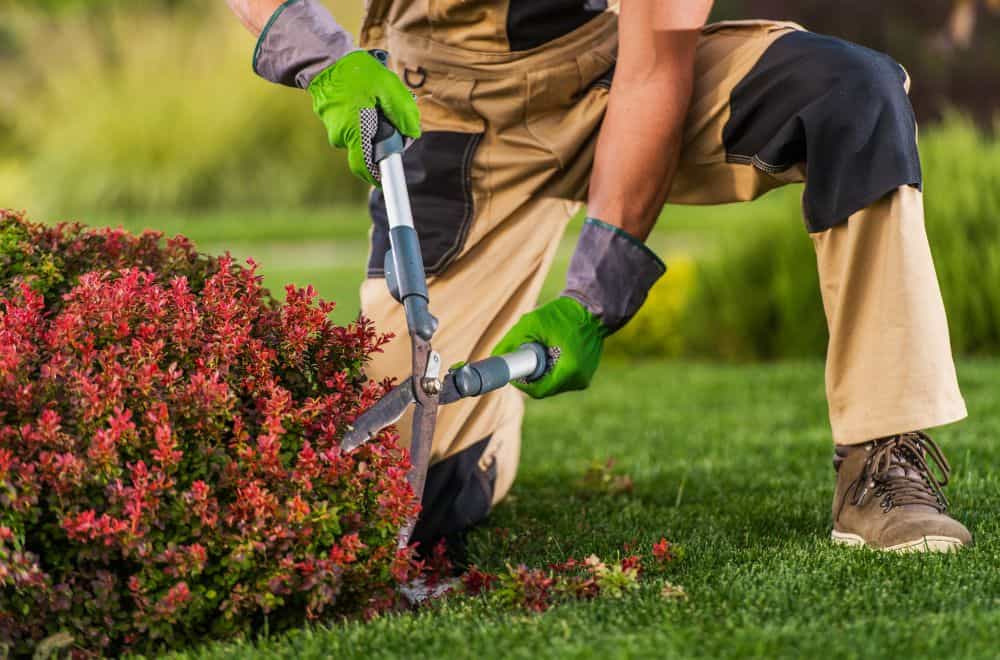
Destroying breeding grounds is a great suggestion on how to get rid of mosquitoes in drains. As we pointed out earlier, male mosquitoes hang out on plants and feed on nectar, so get rid of any scrub or tall grass near the drain. This vegetation provides the perfect mosquito motel.
The guys can beef up on snacks before bringing a pretty mozzie girl home for date night. And the nearby drain provides the perfect nursery for their little ones. You might not want to get rid of the grass completely, especially if you’re worried about muddy patches or soil erosion.
So you might consider replacing the tall grass with shorter varieties that are easy to maintain. You can also plant aromatic herbs and grasses that are unpleasant for mosquitoes. These include lemongrass, lavender, sage, mint, basil, garlic, marigolds, and even catnip.
Tip #5: Raid Your Pantry for Soap and Oil
If the eggs manage to hatch, the larvae will hang out in the water, breathing through straw-like body parts called siphons. If you cut off their oxygen supply, you’ll kill them off before they grow into adulthood and start reproducing. And you can do it with basic kitchen items.
Oil and water don’t mix, so that’s a good starting point. Pour some vegetable oil over the drain. Fully cover the surface of the water so that the larvae and pupae can’t breathe. You can also add essential oil flavors that mosquitoes don’t like e.g. citronella, cedar, and neem.
They’ll serve the dual purpose of deterring any females that may want to come lay eggs in that spot. Beyond cooking oil, pour dishwashing liquids down the drain. The soap creates a sticky film that stops larvae and pupae from breathing and traps mosquitoes that land there.
Tip #6: Experiment with DIY Tonics

A quick search online offers endless tips on how to get rid of mosquitoes in drains. Some of these concoctions seem strange and noxious. But they’re mostly made with cheap supplies you already have around the house. And they can be fun to play with, so why not test a few?
One popular example is a boiled and cooled mixture of mouthwash, stale beer, and Epsom salt. You can open a few beer cans and leave them out overnight to flatten the fizz. Although theoretically, the carbonation from the beer could attract mosquitoes, so fresh beer might do.
This tonic possibly works because of the magnesium, lavender, eucalyptus, mint, or menthol flavors in typical mouthwash and Epsom salt. Either way, spray some in and around the drain to deter the bugs from laying eggs there. You can also try lots of apple cider vinegar.
Tip #7: Install a Screen Over Your Drain
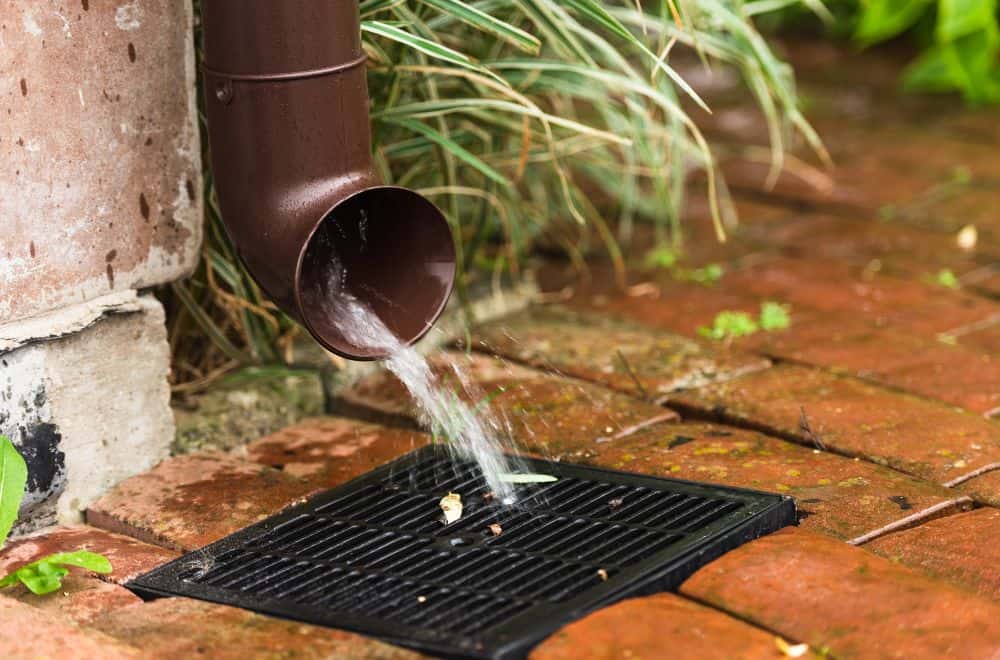
Screens are a convenient way to keep mosquitoes from flying into your house. And they’re easy to mount on your doors, windows, and air vents. So you can jerry-rig something similar over your drains. They’ll stop female mosquitoes from accessing the drains to lay their eggs.
Plus, if water from other sources flows into your drains and happens to have eggs or larvae in it, the screens will prevent the adult mosquitoes from flying out of the drain once they’re grown. Secure the screen over the opening of the drain, trim it, and cinch it into position.
It’s smarter to place the screen beneath the drainage grill if you can pry it open since the grate will hold it in place. A fabric screen can be equally effective since it lets water in and keeps the bugs out. But screens can cause leaf build-up on the surface, slowing water flow.
Tip #8: Fill the Drain with Gravel or Rocks
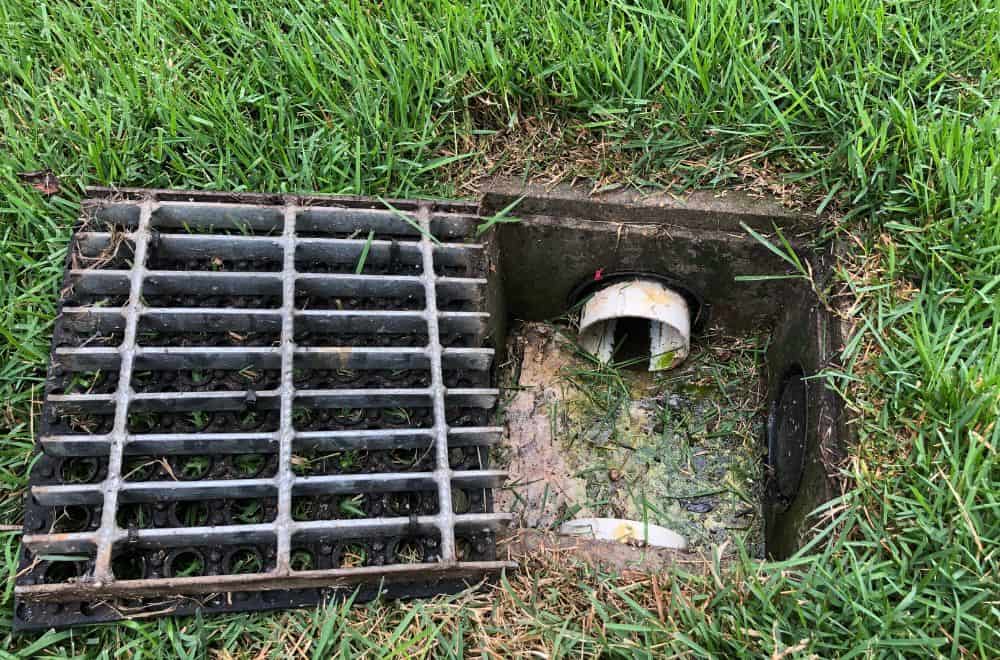
Piling rocks into perforated pottery is a traditional technique for water filtration. It can also be a clever trick when you’re wondering how to get rid of mosquitoes in drains. These porous rocks and stones won’t stop the water from seeping into the sewer system or drainage tank.
They may even help by sifting out some of the soil and dirt. But since the stones efficiently guide the water down, there’s no stagnant surface for the bugs to lay their eggs. You can use stones of different sizes, or you can get decorative rocks that make your drain look prettier.
If you like, you can even plant some fine grass or sod on top of the rocks so the drain seems like a natural part of the surrounding vegetation. This works well for drains in gardens and backyards but would be less effective for kitchen, bathroom, or streetside drainage systems.
Tip #9: Keep the Drain Relatively Dry
If you have indoor-outdoor pets, you’ll notice how excited they get when you let them out in the morning. They’ll go sniffing around the yard to check if any intruders, visitors, or other novelties came by last night. You should develop the same habit, but for different reasons.
If you stroll around the yard every day, you’ll notice any yogurt tubs, bottle caps, or bits of plastic that may create water puddles for mosquitoes to nest in. Then you can quickly empty and/or toss them. But you can’t keep a drain empty because water consistently flows into it.
That said, many drains have a pipe that leads into a funnel. So you can drill holes into the pipe so that any excess water seeps into the ground below. This ensures the funnel portion aka the catchment or basin stays dry. That way, there’s no stagnant pool for the mosquitoes.
Managing Mosquitoes in Drains
Mosquito larvae breathe through a siphon in their rear end and feed on micro-organisms in the water. These wigglers swim beneath the water’s surface when threatened. The pupae don’t eat, but they have a siphon too, and they somersault or tumble deeper when they’re attacked.
The best time to kill drain mosquitoes is during the larva aka w(r)iggler or pupa aka tumbler stages. And the most effective techniques involve cutting off their air supply on the surface. Do you have extra tips on how to get rid of mosquitoes in drains? Tell us in the comments!
